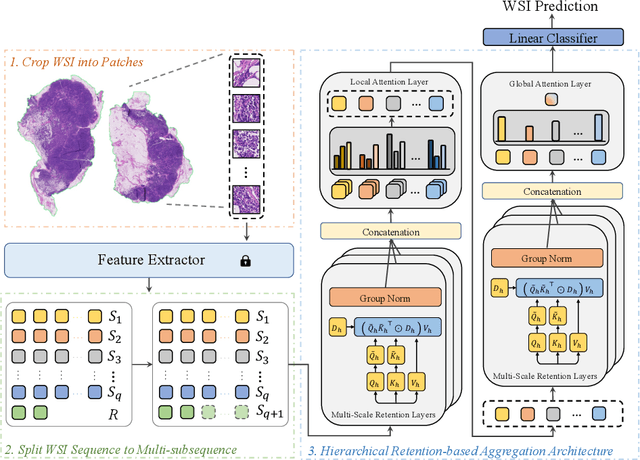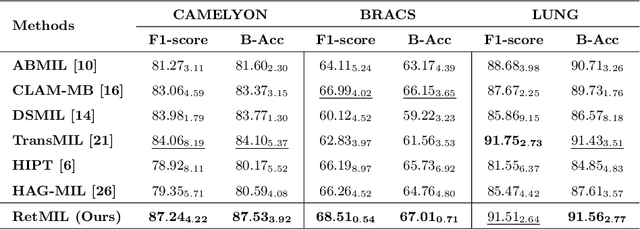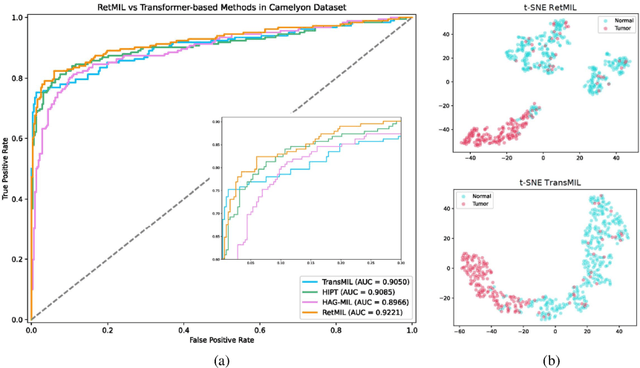Lizhong Zhang
Neural-Symbolic VideoQA: Learning Compositional Spatio-Temporal Reasoning for Real-world Video Question Answering
Apr 05, 2024Abstract:Compositional spatio-temporal reasoning poses a significant challenge in the field of video question answering (VideoQA). Existing approaches struggle to establish effective symbolic reasoning structures, which are crucial for answering compositional spatio-temporal questions. To address this challenge, we propose a neural-symbolic framework called Neural-Symbolic VideoQA (NS-VideoQA), specifically designed for real-world VideoQA tasks. The uniqueness and superiority of NS-VideoQA are two-fold: 1) It proposes a Scene Parser Network (SPN) to transform static-dynamic video scenes into Symbolic Representation (SR), structuralizing persons, objects, relations, and action chronologies. 2) A Symbolic Reasoning Machine (SRM) is designed for top-down question decompositions and bottom-up compositional reasonings. Specifically, a polymorphic program executor is constructed for internally consistent reasoning from SR to the final answer. As a result, Our NS-VideoQA not only improves the compositional spatio-temporal reasoning in real-world VideoQA task, but also enables step-by-step error analysis by tracing the intermediate results. Experimental evaluations on the AGQA Decomp benchmark demonstrate the effectiveness of the proposed NS-VideoQA framework. Empirical studies further confirm that NS-VideoQA exhibits internal consistency in answering compositional questions and significantly improves the capability of spatio-temporal and logical inference for VideoQA tasks.
RetMIL: Retentive Multiple Instance Learning for Histopathological Whole Slide Image Classification
Mar 16, 2024



Abstract:Histopathological whole slide image (WSI) analysis with deep learning has become a research focus in computational pathology. The current paradigm is mainly based on multiple instance learning (MIL), in which approaches with Transformer as the backbone are well discussed. These methods convert WSI tasks into sequence tasks by representing patches as tokens in the WSI sequence. However, the feature complexity brought by high heterogeneity and the ultra-long sequences brought by gigapixel size makes Transformer-based MIL suffer from the challenges of high memory consumption, slow inference speed, and lack of performance. To this end, we propose a retentive MIL method called RetMIL, which processes WSI sequences through hierarchical feature propagation structure. At the local level, the WSI sequence is divided into multiple subsequences. Tokens of each subsequence are updated through a parallel linear retention mechanism and aggregated utilizing an attention layer. At the global level, subsequences are fused into a global sequence, then updated through a serial retention mechanism, and finally the slide-level representation is obtained through a global attention pooling. We conduct experiments on two public CAMELYON and BRACS datasets and an public-internal LUNG dataset, confirming that RetMIL not only achieves state-of-the-art performance but also significantly reduces computational overhead. Our code will be accessed shortly.
 Add to Chrome
Add to Chrome Add to Firefox
Add to Firefox Add to Edge
Add to Edge